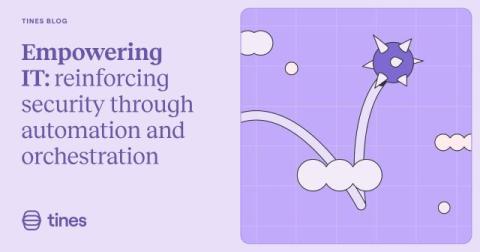The Importance of Layered Cybersecurity Solutions
The threat of cyberattacks is at an all-time high. In fact, research shows that worldwide cybercrime costs are anticipated to reach $10.5 trillion annually by 2025. Cybercriminals threaten all, as 43% of cyberattacks target small enterprises. The rise of these threats underscores the importance of a robust cyber defense strategy, and one key way to do that is through layered cybersecurity solutions.











